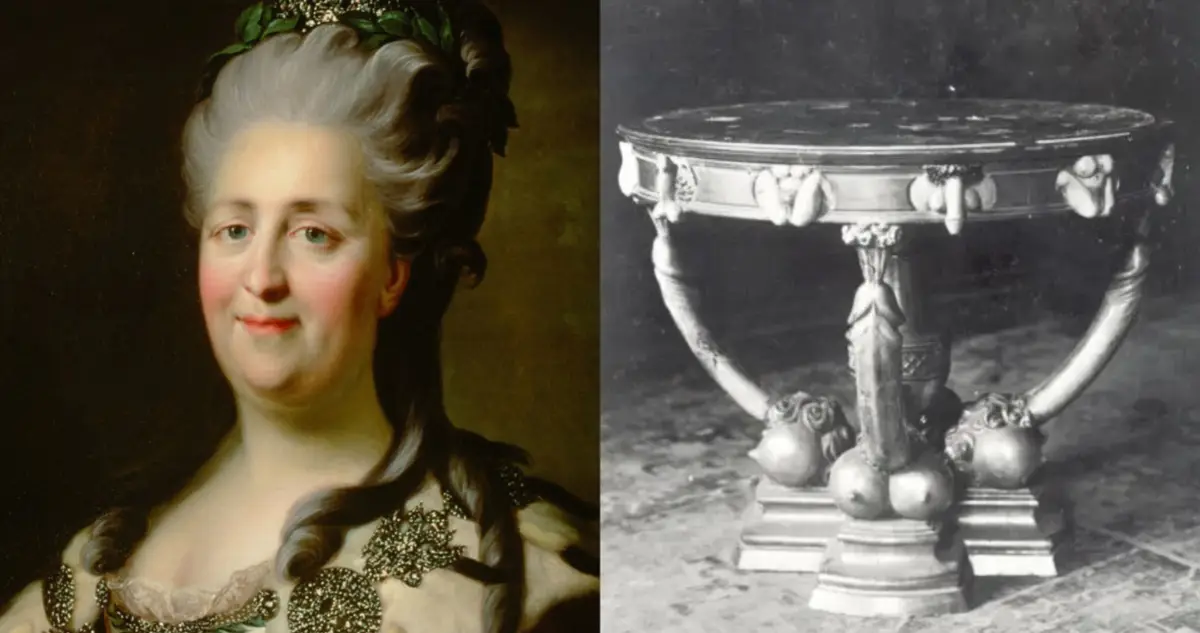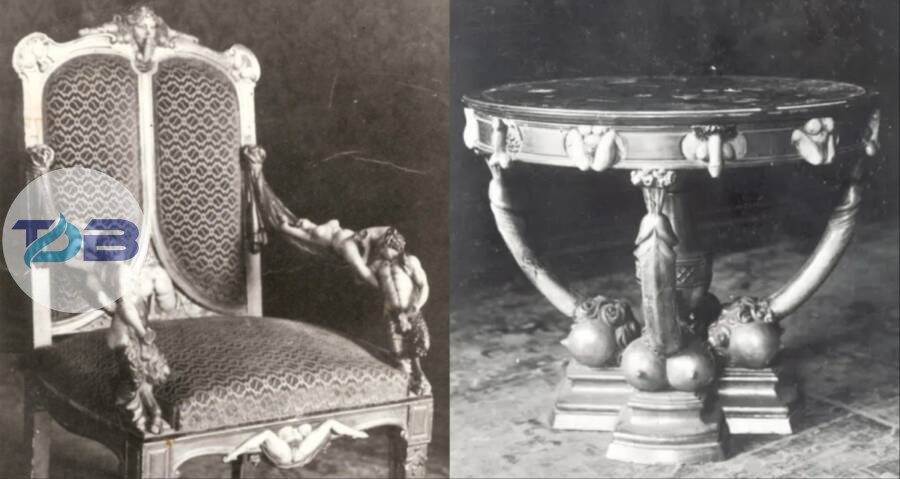Introduction
Catherine the Great, Empress of Russia from 1762 until 1796, is remembered as one of history’s most enlightened and influential rulers. Significant cultural, political, and social transformations marked her reign. Among her many accomplishments, Catherine’s contribution to the arts and interior design stands out, particularly her exquisite taste in furniture. Catherine’s furniture reflected her personal aesthetic preferences and embodied the grandeur and sophistication of the 18th-century Russian imperial style. This article delves into the opulent designs of Catherine the Great’s furniture, exploring their historical context, artistic influences, and enduring legacy.
The Historical Context of Catherine the Great’s Reign
Catherine II ascended to the Russian throne in 1762 after a coup d’état deposed her husband, Peter III. During her 34-year reign, she embarked on a mission to modernize Russia, drawing inspiration from Western European Enlightenment ideals. This era, often called the Russian Enlightenment, saw a significant influx of European culture, art, and intellectualism. Catherine’s passion for Western European art and culture greatly influenced her interior design and furniture taste. She commissioned works from leading European artists and artisans, infusing Russian palaces with Western sophistication and traditional Russian opulence.

The Influence of Western European Styles
Catherine the Great’s furniture collection was profoundly influenced by the prevailing European styles of the 18th century, mainly French and Italian Rococo and Neoclassicism. The Rococo style, characterized by intricate ornamentation, asymmetry, and pastel colors, was prominent in the early part of her reign. Catherine admired the elaborate designs and delicate craftsmanship of French furniture makers like Jean-François Oeben and Georges Jacob. The Empress’s preference for Rococo is evident in the sinuous curves, floral motifs, and gilt details that adorned many of her furnishings.
As the Neoclassical style gained popularity in the latter half of the 18th century, Catherine embraced its clean lines, symmetry, and classical themes. Neoclassical furniture drew inspiration from the art and architecture of ancient Greece and Rome, emphasizing simplicity and elegance. Catherine’s adoption of Neoclassicism reflected her desire to align herself with the enlightened rulers of Europe who valued rationality and order. Furniture from this period often featured straight legs, fluted columns, and medallion decorations, showcasing a harmonious blend of beauty and function.
The Role of Russian Craftsmen
While Catherine the Great sourced many pieces from Europe, she also fostered the development of native Russian craftsmanship. She established workshops within the Imperial Academy of Arts, where Russian artisans were trained in European techniques and styles. This initiative not only elevated the standard of Russian craftsmanship but also allowed for the creation of uniquely Russian interpretations of European designs.
One notable example of Russian craftsmanship during Catherine’s reign is the work of David Roentgen, a German cabinetmaker who settled in Russia. Roentgen’s pieces are renowned for their mechanical ingenuity and luxurious materials. His furniture often featured hidden compartments, intricate marquetry, and elaborate inlays, combining practicality with stunning artistry. Catherine highly prized Roentgen’s creations, and his influence helped shape the future of Russian furniture design.
Signature Pieces and Iconic Designs
Several pieces of furniture commissioned by Catherine the Great have become iconic symbols of her era. One such piece is the Amber Room, a chamber decorated with amber panels, gold leaf, and mirrors, initially constructed in the 18th century for the Prussian King Frederick I and later gifted to Peter the Great. Catherine had the room moved to the Catherine Palace in Tsarskoye Selo, where it became one of the most famous examples of extravagant interior design. The Amber Room’s intricate craftsmanship and luxurious materials epitomize the grandeur of Catherine’s taste.
Another significant piece is the Chesme Chair, a throne-like seat designed to commemorate the Russian naval victory at the Battle of Chesme in 1770. The chair features carved representations of naval scenes and motifs, blending historical narrative with artistic elegance. The Chesme Chair is a testament to Catherine’s use of furniture to celebrate and immortalize Russian achievements.
The Grand Cascade of Peterhof, though primarily an architectural and landscaping marvel, also reflects Catherine’s influence. She commissioned the addition of numerous statues and decorative elements, many of which were crafted by Russian artisans. The fountains and statues, often gilded and intricately detailed, mirror the opulent aesthetic that Catherine favored in her furniture.

The Legacy of Catherine the Great’s Furniture
Catherine the Great’s furniture not only adorned the palaces of her time but also left a lasting legacy in interior design. Her collection inspired subsequent generations of Russian nobility and European aristocracy, who sought to emulate her court’s luxurious and refined style. The fusion of Western European and Russian elements in Catherine’s furniture set a precedent for future design movements, blending diverse influences into a cohesive and unique aesthetic.
In the 19th century, the Russian Revival style emerged, drawing heavily on the traditions established during Catherine’s reign. This movement sought to celebrate and preserve Russian heritage, incorporating historical motifs and techniques into contemporary designs. The opulent and richly decorated furniture of the Russian Revival echoed the grandeur of Catherine’s era, emphasizing national pride and cultural identity.
Today, many of Catherine the Great’s furniture pieces are housed in museums and palaces, where they continue to captivate and inspire visitors. The State Hermitage Museum in St. Petersburg, founded by Catherine herself, boasts an extensive collection of her furnishings, providing a window into the luxurious world of 18th-century Russian court life. These pieces are valuable historical artifacts and masterpieces of art and design.








































Leave a Reply